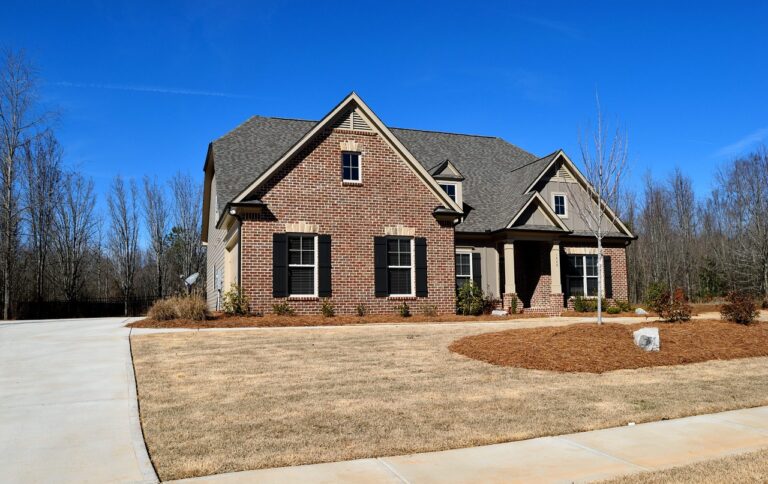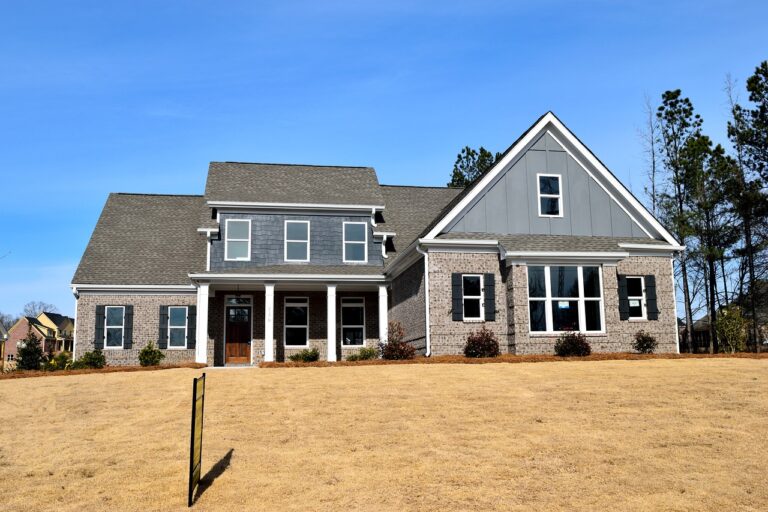Green Strategies for Attic Ventilation
gold bet 7 sign up, radheexchange, 11xplay: When it comes to optimizing energy efficiency and creating a more sustainable living environment in your home, attic ventilation is a crucial factor to consider. Proper attic ventilation can help regulate temperatures, reduce moisture buildup, and prevent damage to your roof and insulation. In this article, we’ll explore green strategies for attic ventilation that can help you maximize energy efficiency and minimize your carbon footprint.
Why Attic Ventilation Matters
Attic ventilation plays a key role in maintaining a healthy home environment. Without proper ventilation, heat can build up in your attic, causing temperatures to soar in the summer months. This can lead to increased energy consumption as your air conditioning works harder to cool your home. In the winter, inadequate ventilation can trap moisture in your attic, leading to mold growth, wood rot, and insulation damage.
Green Strategies for Attic Ventilation
1. Install Ridge Vents
Ridge vents are installed along the peak of your roof and allow hot air to escape from the attic. They work in conjunction with soffit vents, which are installed along the eaves of your roof to promote air circulation. Ridge vents can be a highly effective and energy-efficient way to ventilate your attic without the need for powered fans or turbines.
2. Use Solar-Powered Attic Fans
Solar-powered attic fans are a green alternative to traditional powered attic fans. These fans run on solar energy, making them a cost-effective and environmentally friendly option for attic ventilation. Solar-powered attic fans can help reduce energy consumption and lower your cooling costs by expelling hot air from your attic.
3. Consider a Whole House Fan
Whole house fans are a great way to ventilate your entire home, including the attic. These fans draw cool air in through open windows and exhaust warm air through the attic and roof vents. By using a whole house fan, you can reduce your reliance on air conditioning and take advantage of natural ventilation to cool your home.
4. Add Insulation Baffles
Insulation baffles are installed in the attic to prevent insulation from blocking air vents. These baffles help maintain proper airflow in the attic, reducing the risk of moisture buildup and mold growth. By ensuring that air can circulate freely in your attic, you can improve energy efficiency and prevent damage to your home.
5. Choose Energy-Efficient Materials
When installing or replacing your attic ventilation system, opt for energy-efficient materials that can help reduce your carbon footprint. Look for products with high R-values and sustainable certifications, such as Energy Star or LEED. By choosing eco-friendly materials, you can enhance the energy efficiency of your home and contribute to a greener environment.
6. Seal Air Leaks
In addition to proper ventilation, it’s important to seal air leaks in your attic to prevent energy loss. Use caulk or weatherstripping to seal gaps around windows, doors, and other openings in your attic. By reducing air leaks, you can improve the efficiency of your HVAC system and make your home more comfortable year-round.
FAQs
Q: How do I know if my attic ventilation is inadequate?
A: Signs of inadequate attic ventilation include high energy bills, temperature fluctuations in your home, moisture or mold growth in the attic, and ice dams on the roof.
Q: Can I install attic ventilation myself?
A: While some attic ventilation projects can be DIY-friendly, it’s recommended to consult with a professional to ensure proper installation and adherence to building codes.
Q: How often should I inspect my attic ventilation system?
A: It’s a good idea to inspect your attic ventilation system at least once a year, ideally before the start of the summer and winter seasons.
Q: Are there any rebates or incentives for green attic ventilation upgrades?
A: Check with your local utility company or government agencies to see if there are any rebates or incentives available for energy-efficient attic ventilation upgrades.
In conclusion, implementing green strategies for attic ventilation can help improve energy efficiency, reduce energy costs, and create a more sustainable living environment in your home. By incorporating these eco-friendly practices, you can take steps towards a greener and more energy-efficient home.







